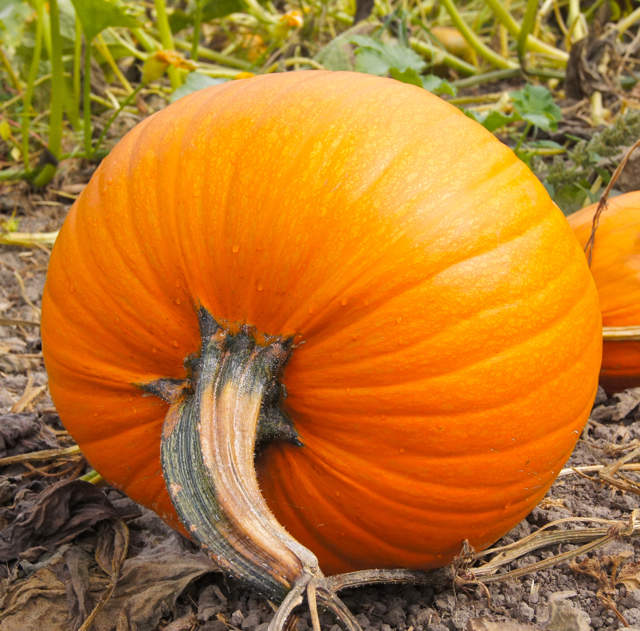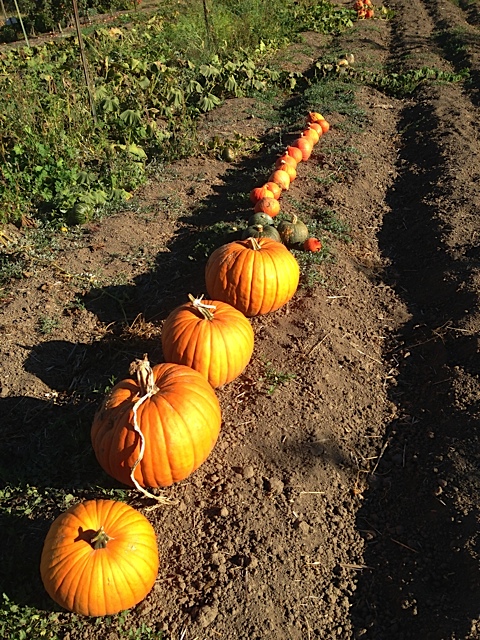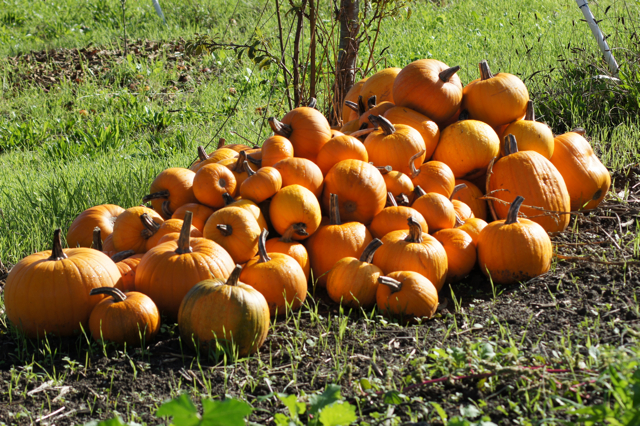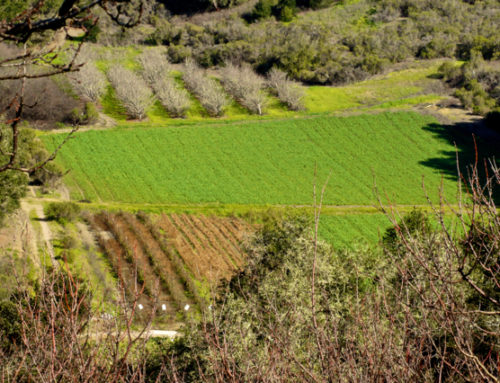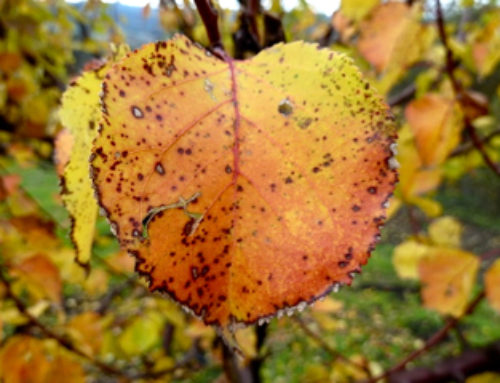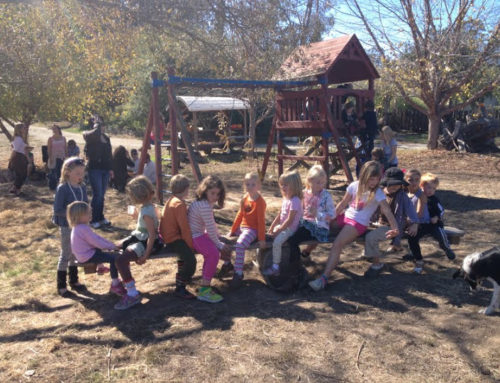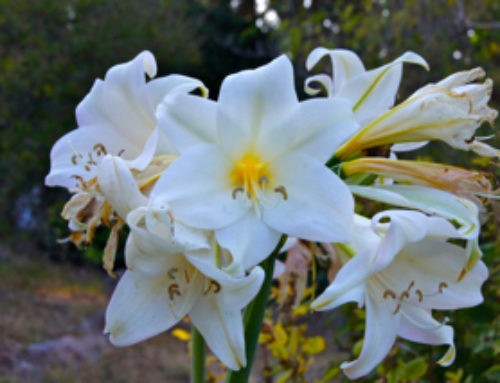
The pumpkins are harvested, and few crops when piled together make a better seasonal statement than a pumpkin patch.
It always amazes me when I carve a pumpkin how many seeds are stored inside the thick, fleshy walls of this colorful “fruit”. We often dismiss the seeds we find inside our vegetables, and most of the time they are thrown away or put in the compost bucket. But when you think about it, our food supply depends on the health and availability of these small living treasures.
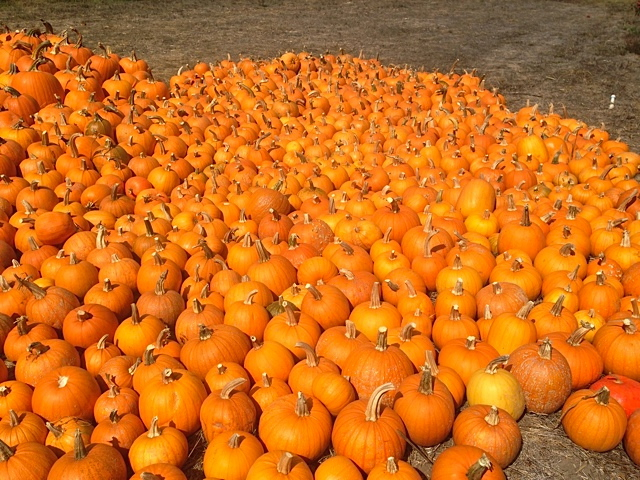
I reflect on it almost every season, and I can’t help doing so again. Every time I order seeds (we propagate almost all our own veggie starts) I realize how our entire operation depends on their availability. Plants are little miracle makers if you consider for a moment that for every pumpkin seed planted we harvest, on average, 1-2 pumpkins, each of which contains hundreds of seeds.
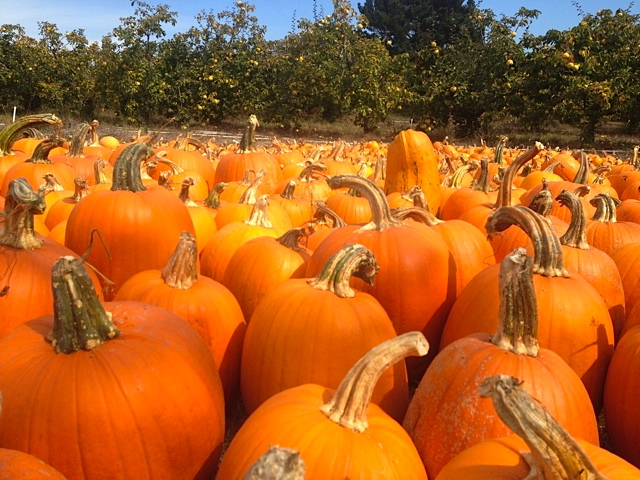
Every seed stores the energy and information on how to grow an entire plant along with thousands of new seeds. Each seed, encoded with its DNA, tells a long, winding, and subtle story. It includes the history of how seeds have crossed human hands, how they have been cultivated, selected, and traded, often shaping the destiny of human civilization and cultures across the world.
For example, the dry-farmed Early Girl Tomatoes we are enjoying right now trace their ancestry all the way back to wilder relatives in the highlands of Peru, where Incas and Aztecs used them for cooking and religious ceremonies. With the Spanish conquistadors, tomato seeds got dispersed throughout colonies all over the world. The Early Girl Tomato, bred in France in the 1970’s, became an instant hit when it arrived in the United States. For us, and many other small-scale organic farmers, the Early Girl is the variety of choice since it is one of the very few varieties, if not the only one, that can be dry-farmed.
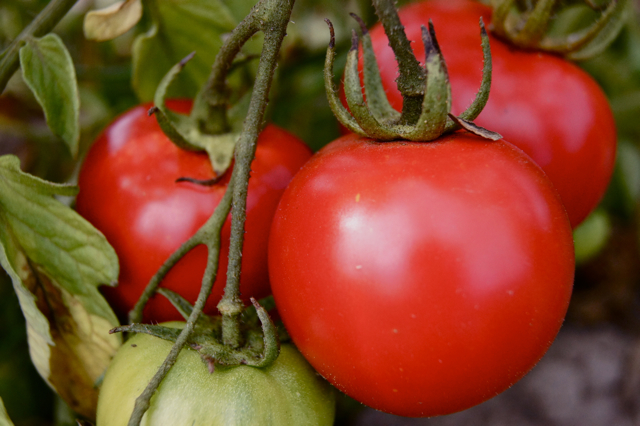
Every vegetable and fruit you get in your box has a story to tell. We all participate in shaping the story of these crops. They become part of our lives as we grow, cook, and eat them. By choosing to eat with the seasons we tune into the story of food grown locally, the history of the land, and the living community we are a part of. It may not always be easy and convenient to be a “locavore”; it asks us to be more flexible, to be open to trying new things. It is amazing however, to think that the food we enjoy is a gift that manifests through the living stories contained in each tiny seed we plant.
I often like to compare CSA members and their participation to that of a seed. The upfront financial commitment and support you place in our hands at this time of year when we ask you to renew your membership is like that of a seed which we in turn are committed to plant and care for until we can harvest and return it back to you as nourishing food. We will open Sign-ups for our 2013-14 Seasons within the coming week, and we hope you join us once again for another nourishing cycle.
Also, our Annual Fall Harvest Festival is on Saturday, October 26th. Join us here on the farm to connect with the community and celebrate the success of another season.

Elisa found her perfect pumpkin!
